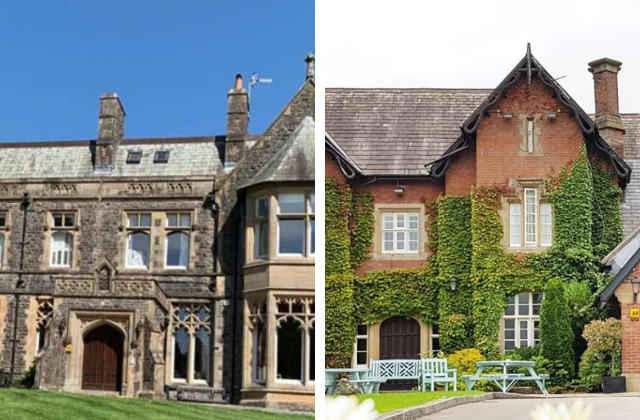The rise in online shopping has impacted the traditional high street with the closure of many retail outlets. Coupled with the popularity of flexible working since the pandemic, which has reduced the demand for office space, our town and city centres have changed.
As a result, residential developments have rapidly grown in these areas often replacing commercial properties. New food, drink and leisure establishments are also on the rise, to cater for the increasing number of residents now living in our city and town centres.
Director and commercial property specialist Daniel Boulton, based in WHN Solicitor’s Blackburn office, outlines the government’s legislation behind changing the use of a commercial building to residential, to ensure they are suitable for occupancy and to protect listed buildings and Conservation Areas.
Simplifying the process to the change of use of a building
The government has sought to simplify the planning process through Permitted Development Rights. These are national grants of planning permission which allow certain building works and changes of use to be carried out without having to make a planning application, albeit subject to conditions and limitations to control the impact of any changes and to protect local amenities.
Prior to August 1, 2021, many developers took advantage of the ability to change a building’s use from office to residential, with no maximum size to the office block or the number of dwellings that it could be converted to, without the requirement for formal planning consent.
However, from this date onwards a conversion under Permitted Development must not exceed 1,500sqm (16,146 sq ft) per building.
Permission to change a building from commercial to residential use
It isn’t all bad news for developers though. Permitted Development Class MA came into effect on August 1, 2021 and allows changes from Use Class E (which is very wide and includes retail, cafes and restaurants, financial and professional services, indoor sport and fitness, medical or health services, day nurseries, offices and light industrial) to Use Class C3 (Residential).
Adhering to the GPDO rules
Developers seeking to change the use of a commercial building as outlined in Use Class E, to provide residential accommodation, must be mindful of the rules to be followed as set out in the General Permitted Development Order (GPDO).
The key pointers to be aware of are:
1. You must apply for prior approval from the local planning authority before starting work. This is much less onerous than a full planning application. The local planning authority has the power to assess the following issues:
- Transport and parking
- Contamination
- Flooding
- Noise from nearby commercial premises
- Where the site is located in a Conservation Area, the impact on the character and sustainability of the Conservation Area.
- The provision of adequate natural light in all habitable rooms of the dwellinghouses.
2. The building must have been vacant for or a continuous period of at least three months immediately prior to the date of the application for prior approval.
3. The building must have been in Use Class E use for a continuous period of at least two years prior to the date of the application for prior approval.
4. As referred to above, the floorspace of the building to be converted cannot exceed 1,500 square metres (including all previous applications under Use Class MA – so if you apply first to convert the ground floor, and later the first floor, the total area converted must not exceed 1,500 square metres).
5. The building (or land on which it sits) cannot form part of a site of special scientific interest, a listed building or its curtilage, a scheduled monument or its curtilage, a safety hazard area or a military explosives area.
6. The building cannot be within an area of outstanding natural beauty (AONB), an area specified by the Secretary of State for the purposes of section 41(3) of the Wildlife and Countryside Act 1981, the Broads, a National Park or a World Heritage Site.
Daniel Boulton specialises in commercial property law and is highly skilled in dealing with all aspects of both residential and commercial development work. If you are a developer seeking to change the use of a vacant commercial property, and seek further advice, please contact Daniel on 01254 272640 or by email: daniel.boulton@whnsolicitors.co.uk
Enjoyed this? Read more from Woodcocks Haworth & Nuttall Solicitors























